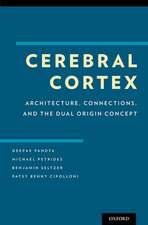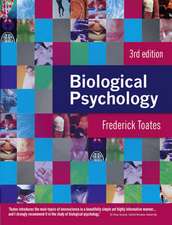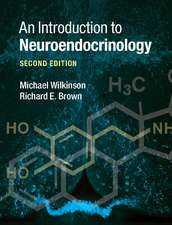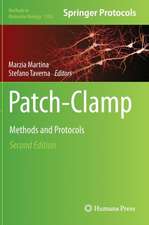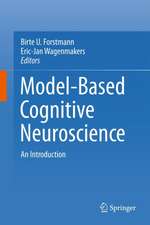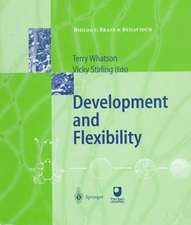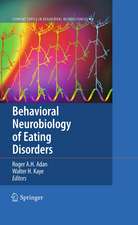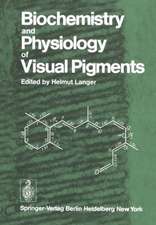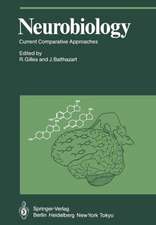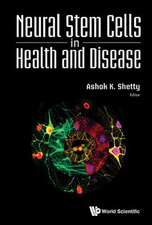Behaviour and Evolution
Editat de Marion Hall, Tim Halliday Contribuţii de Heather McLannahan, Frederick Toates, Terry Whatsonen Limba Engleză Paperback – 24 noi 1998
Preț: 406.80 lei
Nou
Puncte Express: 610
Preț estimativ în valută:
77.84€ • 84.82$ • 65.59£
77.84€ • 84.82$ • 65.59£
Carte tipărită la comandă
Livrare economică 23 aprilie-07 mai
Preluare comenzi: 021 569.72.76
Specificații
ISBN-13: 9783540647522
ISBN-10: 354064752X
Pagini: 316
Ilustrații: VIII, 306 p. 134 illus.
Dimensiuni: 210 x 277 x 17 mm
Greutate: 0.86 kg
Ediția:1998
Editura: Springer Berlin, Heidelberg
Colecția Springer
Locul publicării:Berlin, Heidelberg, Germany
ISBN-10: 354064752X
Pagini: 316
Ilustrații: VIII, 306 p. 134 illus.
Dimensiuni: 210 x 277 x 17 mm
Greutate: 0.86 kg
Ediția:1998
Editura: Springer Berlin, Heidelberg
Colecția Springer
Locul publicării:Berlin, Heidelberg, Germany
Public țintă
Lower undergraduateCuprins
Introduction.- Actions and Reactions.- Genes and Behaviour.- Behaviour and Adaptation.- Development of Behaviour.- Learning.- Motivation.- Cognition.- Reproductive Behaviour.- Living in Groups.
Textul de pe ultima copertă
This book, part of a series from The Open University in the United Kingdom, is about animal behaviour. The behaviour of animals, including humans, is very diverse and often very complex. Studying behaviour draws on the work of scientists from several disciplines, including ethologists, psychologists, physiologists and biochemists. The question that most of them are interested in answering is: why does an animal behave in the way it does? The possible answers, development, survival value, evolutionary history or cause-and-effect are the themes that run through this introduction to behaviour and evolution, the four explantations of behaviour.
Caracteristici
An introductory text written in an easy-to-read style Unique in that it explains the relationship between behaviour and evolution Extensively illustrated with clear diagrams
Each chapter ends with a list of objectives and questions for self-testing
Each chapter ends with a list of objectives and questions for self-testing

